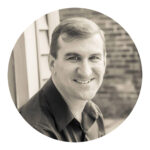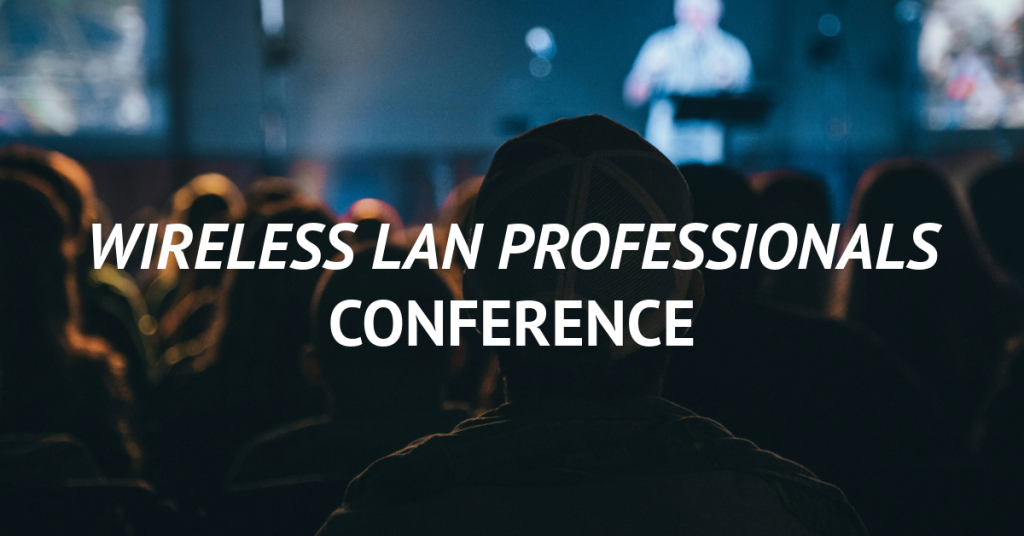
Wireless LAN Professionals Conference 2024
Last week, I had the privilege of attending the Wireless LAN Professionals conference. This annual conference in Phoenix (though they also have conferences in Europe and Mexico) is one focused on Wi-Fi and other wireless technologies. It’s a fantastic conference to meet and mingle with folks in the wireless networking space and learn about both new and older technologies. This was the 10th anniversary and there was a great celebration of all that WLPC has become in that time. I wrote about my first trip last year, and this year was just as good (if not better!).
I once again started with a boot camp. I opted for the Hamina Wireless Certified Administrator class. Nexum has transitioned our wireless design and verification work to Hamina, so the timing was perfect to ensure I have a complete understanding of the tool. We spent three full days not only on the tool but also talking through Wi-Fi design principles. From revisiting Radio Frequency (RF) basics to talking about proper design approaches, differences in design between the three radio bands (2.4Ghz, 5Ghz, and 6Ghz) and how to use the tool well, were all topics we touched on. We even got to dive into more complex designs like stadiums and outdoor wireless access. This culminated in a design exam to make sure we not only knew our stuff but could build a design in Hamina. (I’m happy to say I passed!). Another highlight of the class was having members of the Hamina team in the room with us, not only watching to see what we did, but listening to our feedback and suggestions. They not only developed and demonstrated some items we had talked about in short order, but they deployed them to the production instances after proper testing and validation before the weekend was over. This dedication to their user community is a huge reason I recommended we make the transition from our previous tool. It also shows in the accolades they receive. Later in the week, they won two separate Wi-Fi awards for company leadership and product of the year (for their new onsite app and associated hardware). Working with Jussi (their CEO and/or “Null Stack Developer”) and his team is always a pleasure, and I can’t recommend them and their product enough!
After the boot camps, on Monday evening the main conference started with a food truck rally and time to hang out with folks. It was great to catch up with people I hadn’t seen since last year (but many of whom I speak with regularly). On Tuesday, the sessions started in earnest. The beauty of this conference is having everybody in the same room for the main part of it. There are no tracks (where you miss half or more of the presentations), minimal breakouts where you don’t get to partake in discussions, etc. There are breaks every couple of hours where you get to regroup (mentally and physically!) and chat with people. The presentations are selected by the community via a vote. The more votes you get for your presentation abstract, the more time you get to speak. These can be 55-, 30-, 20-, or 10-minute presentations. They even have “spotlight” presentations that are recorded separately to give more people a chance to present (and a better chance of getting their name out there for more people to know in the future).
One of the best parts is that all the sessions will be online shortly, so even if you couldn’t attend, you can watch them. Or, like me, refer to them in the future. While all the presentations were great, there are a couple of them I want to highlight. First, I enjoyed Ian Tearle’s talk about mentoring the next generation of wireless engineers. Throughout my entire career, I have done my best to work with and help people starting their careers. It’s incredibly rewarding to see them progress (and even outpace!) you. Also, Karl Benedict’s Wireless Troubleshooting talk really dove into troubleshooting practices and how to’s. Troubleshooting is an art form, and I’ve seen a lot of cases where folks newer to the field don’t know how to approach it. This was a great session to talk through some of that. The last one to highlight was Stephen Cooper’s talk about using data science and automation to work through visibility issues and troubleshooting in multi-vendor environments. Beyond those specific sessions, there were some great talks around 6GHz (or Wi-Fi 6E). We had talks about the upcoming Wi-Fi 7. There was even a Wi-Fi 7 geek-out time during one of the evening events where people tested some Wi-Fi 7 gear. I wasn’t able to attend that, but I heard it was awesome!
Both Tuesday and Wednesday evenings after the main conference were the deep dives. These are two sessions of three hours each (so six hours of training). This year, my focus is Wi-Fi Protected Access 3 (WPA3), specifically helping my clients get migrated. I focused on that by taking the deep dive by Jennifer Minella (JJ) and Jonathan Davis (JD) on WPA3. During the deep dive we talked through WPA3 features and labbed up different scenarios, like moving from WPA2 to WPA3 networks. We tested both current and old devices (I even took my old iPhone 3) to see which ones worked, which ones needed help, and which ones couldn’t make the jump. Sadly, my iPhone 3 just isn’t cut out for WPA3 networks. I have had JJ’s book since it was released and read through different parts at different times. So, having a chance to sit down and focus on this critical task and learning about migration was great. Expect to see (and hear) a lot more from me on this. And if you’re a wireless networking client of Nexum, we will be reaching out.
The final part of the conference I want to highlight was the “evening events.” While not required, they are a significant part of the conference. After the deep dives, a few vendors had sessions where they offered drinks and snacks in exchange for your attendance – sometimes with talks, other times with just chatting. There was plenty of swag to be had, of course. I was able to spend time with my friends from Juniper Mist. Aside from giving away an AP45 to all attendees, I managed to talk with folks I work with throughout the year. And I helped disperse my Marvis Mini Army. It was a fantastic time. I stopped by a couple of other parties, and it was great to chat and mingle with folks to talk wireless tech across vendor boundaries.
The wireless networking community is small. People know each other, work with each other, and migrate around the industry. So, it’s prevalent at WLPC to see folks from “competing” vendors chatting, catching up on personal lives, and discussing technology everywhere. Part of the magic of WLPC is it’s about the community and the technology. One of the reasons I love it is because I get to learn from the best in the industry – from people who have literally written the books (like David Coleman, JJ, and Tom Carpenter), to those who have fantastic experience to share (like Jim Palmer, Peter Mackenzie, and Phil Morgan), and people who have been doing it since “the beginning,” whose work we continue to build from (like Bob Friday and Keith Parsons). The evening activities concluded Wednesday night with a 10-year anniversary party. Keith’s family was invited to experience what he has built (which, in their own words, they had no idea). It was truly a celebration of the community and the person who has fostered it into existence.
The last morning on Thursday was no “lightweight” morning. We had back-to-back technical sessions (with a lot of math) around MCS tables, antenna polarity, and cabling. I was, in short terms, reminded I’m old in more than one of them! We closed it out, and I headed to the airport for flights home and landed in my wonderful bed, ready for a weekend of rest before heading back out on the road for a wireless project.
I said it last year, but I will keep repeating it: If you work on wireless networks, you really need to try and get to this conference. From the technical content to the community support, this conference is one of the highlights of my year (after just two of them!). It takes almost a whole year to work back through the content, but it’s well worth it.
If you want to hear the presentations, they will be up on the WLPC YouTube shortly. And if you want to chat with me about any of the topics, I’d love to! While there are many things that can be applied quickly and with minimal effort, there are so many more that require varying degrees of planning and effort. As always, Nexum is here to help!
Check Out More Resources
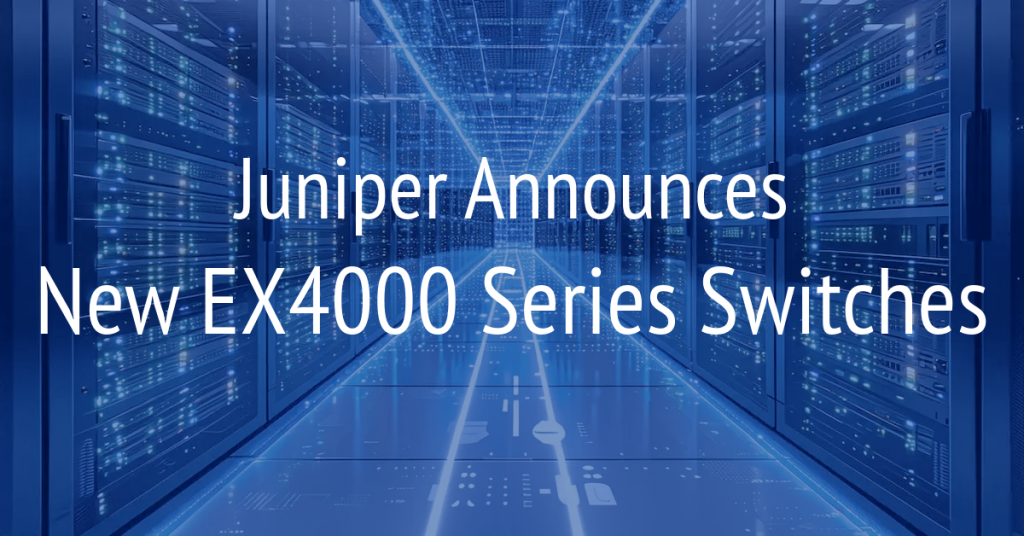
Juniper EX4000
Nexum’s, Allyn Crowe, breaks down what sets the latest EX4000 series switch apart—powerful PoE, multigig support for next-gen Wi-Fi, and faster performance. With quick boot times and seamless upgrades, it’s a smart choice for future-proofing networks.
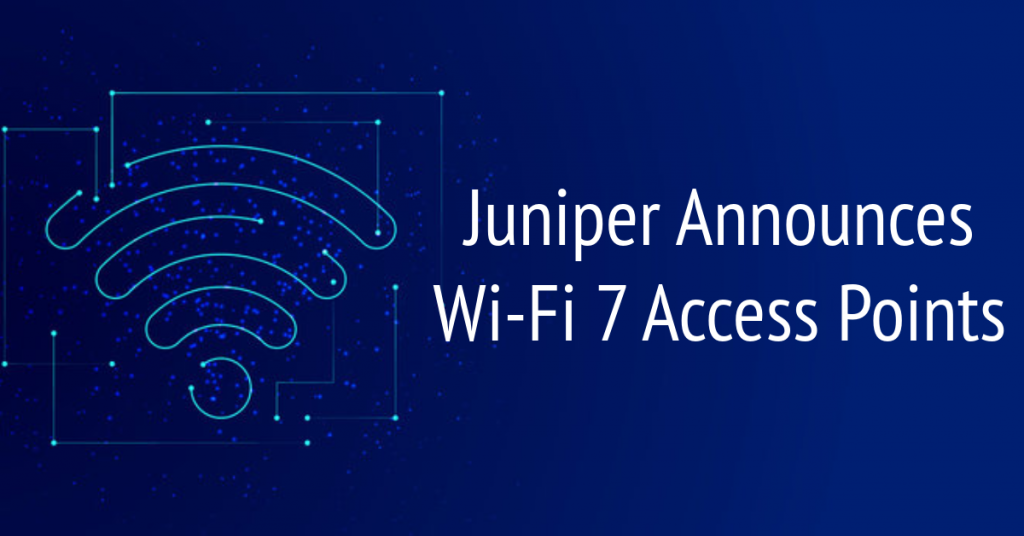
Juniper Announces Wi-Fi 7 Access Points
Nexum’s engineering team highlights Juniper’s new Wi-Fi 7 AP47 as a game-changer, offering faster speeds, quad radios, and enhanced IoT capabilities. With dual 10Gbps interfaces and AI-driven Wi-Fi 7 support, these access points are designed for cutting-edge network performance.
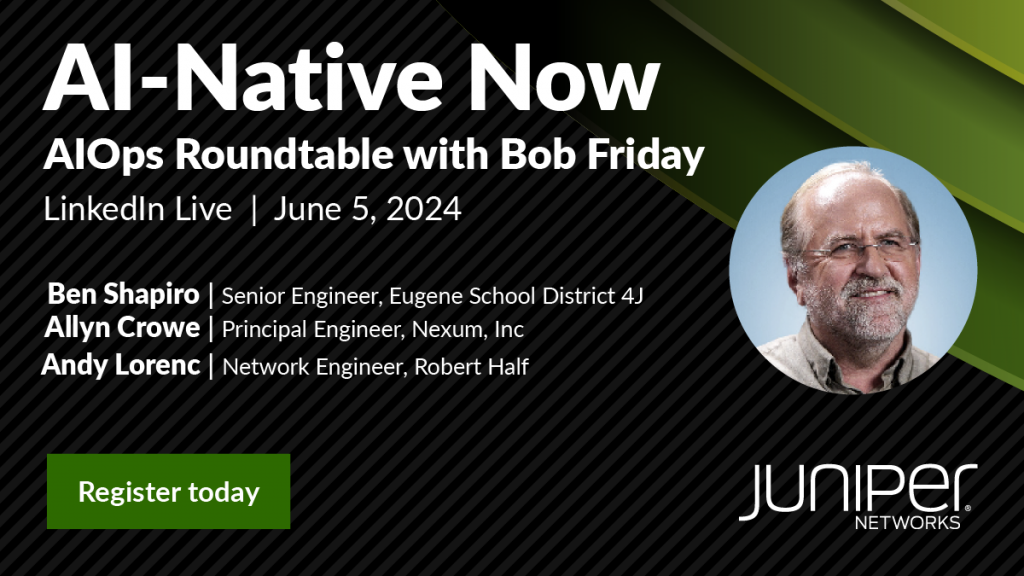
AI-Native Now
Join Juniper Networks on June 5th for a LinkedIn Live exclusive discussion on “Leveraging AIOps for Maximum Impact.”

